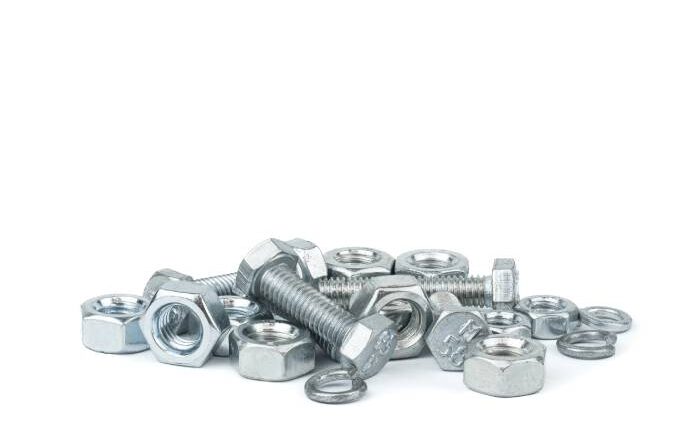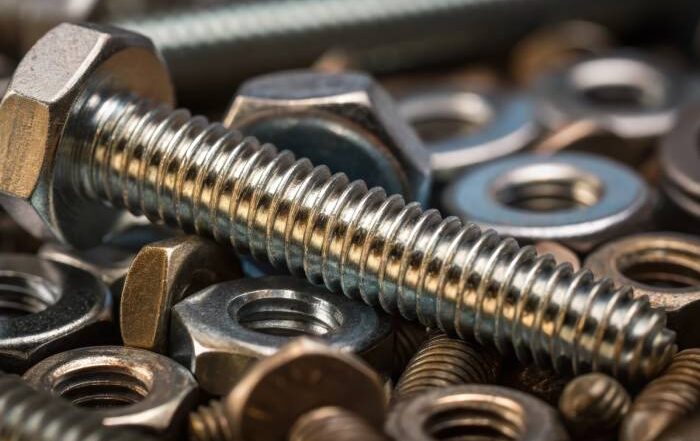
Galling occurs (also called cold welding) when the thread of a stainless steel bolt seizes to those of a stainless steel nut or tapped hole. It happens as a result of excessive pressure and friction during installation. Once galling has taken place, it’s usually impossible to remove the bolt without cutting it, or without splitting the nut.
Stainless steel is not the only material that is prone to galling – it can happen to titanium and aluminum fasteners too. When dealing with galled fasteners, you will have difficulty with disassembly and will have to remove the affected fasteners forcibly and replace them. How do you prevent galling from happening in the first place?
Lubrication is the easiest way to prevent galling
One effective and easy way to prevent galling is to apply a lubricant to the bolts or nuts before installation. Choose a special anti-seize lubricant specifically formulated for use with fasteners.
Install your bolts more slowly
Since the heat caused by friction is responsible for galling, reducing friction through slower, more careful installation, can stop galling from occurring.
Don’t use bolts to pull joints together
Bolts are not designed to pull the two parts in a joint together, or two force them into position. Trying to use the bolts in this way will drastically increase the chances of galling. Rather make sure that your joint is positioned correctly before you install the bolts.
Only use clean bolts that are in good condition
If the thread is damaged, dented or dirty, they are very likely to seize. Check the bolts before installation. Test them by screwing the bolts onto them by hand. They should fit together easily. If they do not, this indicates that the thread is damaged and that the bolt may very well seize when you try to install it.
Marsh Fasteners has been a leading supplier of stainless steel fasteners for 20 years. For everything you need to know about bolts, nuts and screws (including the best way to prevent galling) as well as to order high-quality fasteners, contact us.



